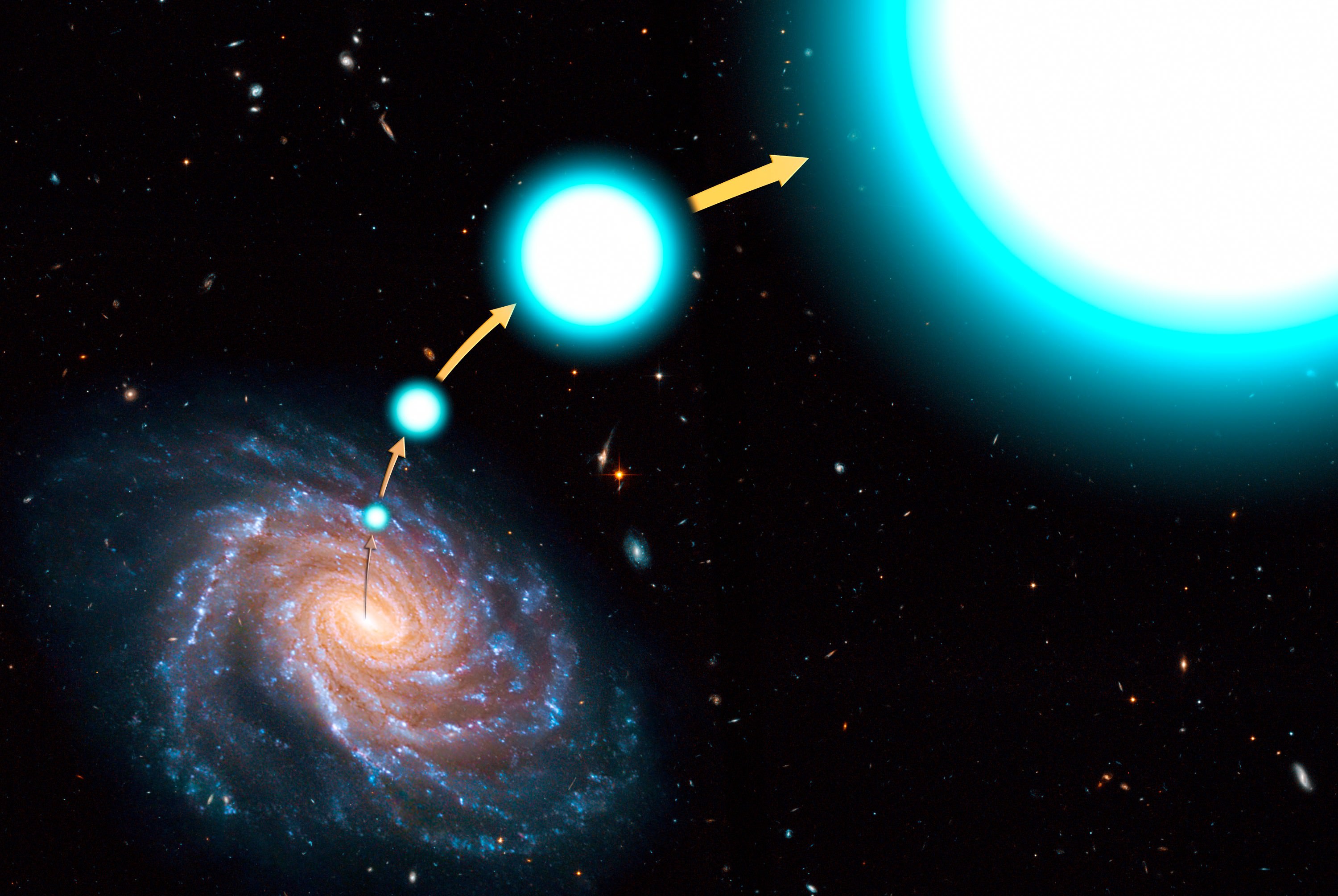In December of 2013, the European Space Agency (ESA) launched the Gaia mission. Since that time, this space observatory has been busy observing over 1 billion astronomical objects in our galaxy and beyond – including stars, planets, comets, asteroids, quasars, etc. – all for the sake of creating the largest and most precise 3D space catalog ever made.
The ESA has also issued two data releases since then, both of which have led to some groundbreaking discoveries. The latest comes from the Leiden Observatory, where a team of astronomers used Gaia data to track what they thought were high-velocity stars being kicked out of the Milky Way, but which actually appeared to be moving into our galaxy.
Continue reading “Gaia Sees Stars Out in Deep Space, Flying Between Galaxies”

